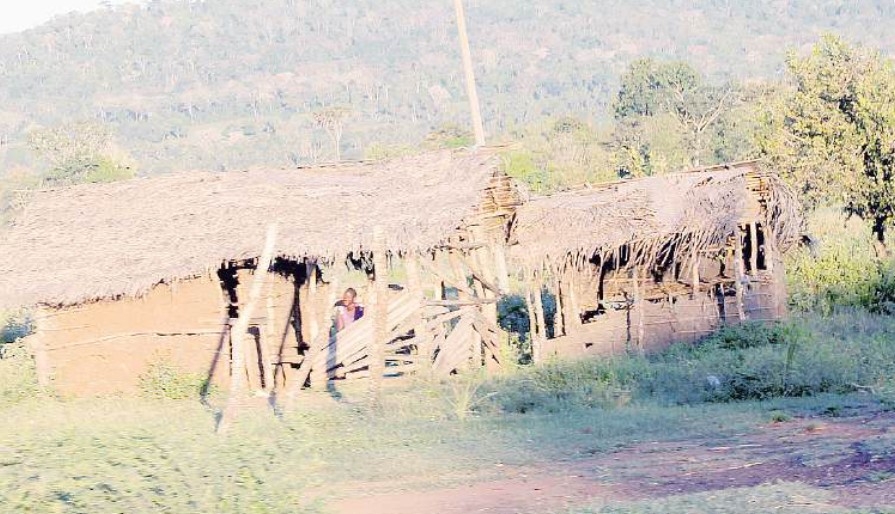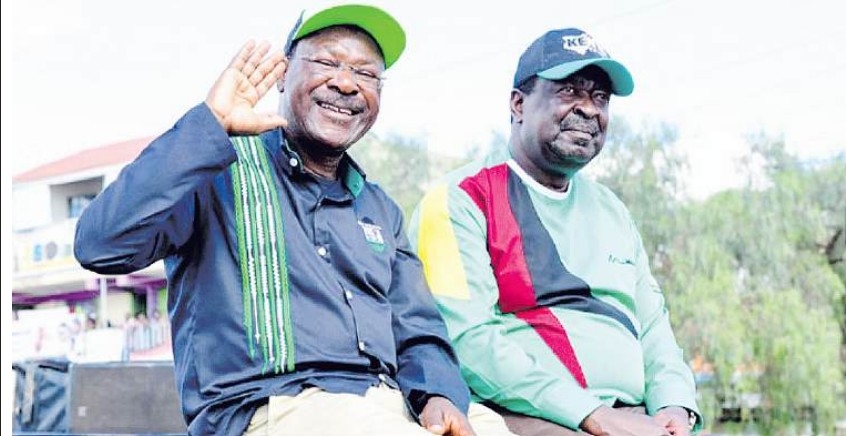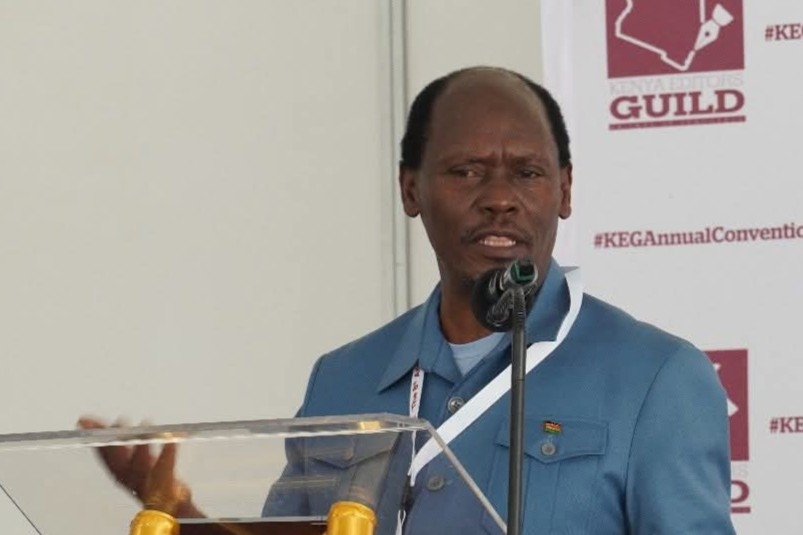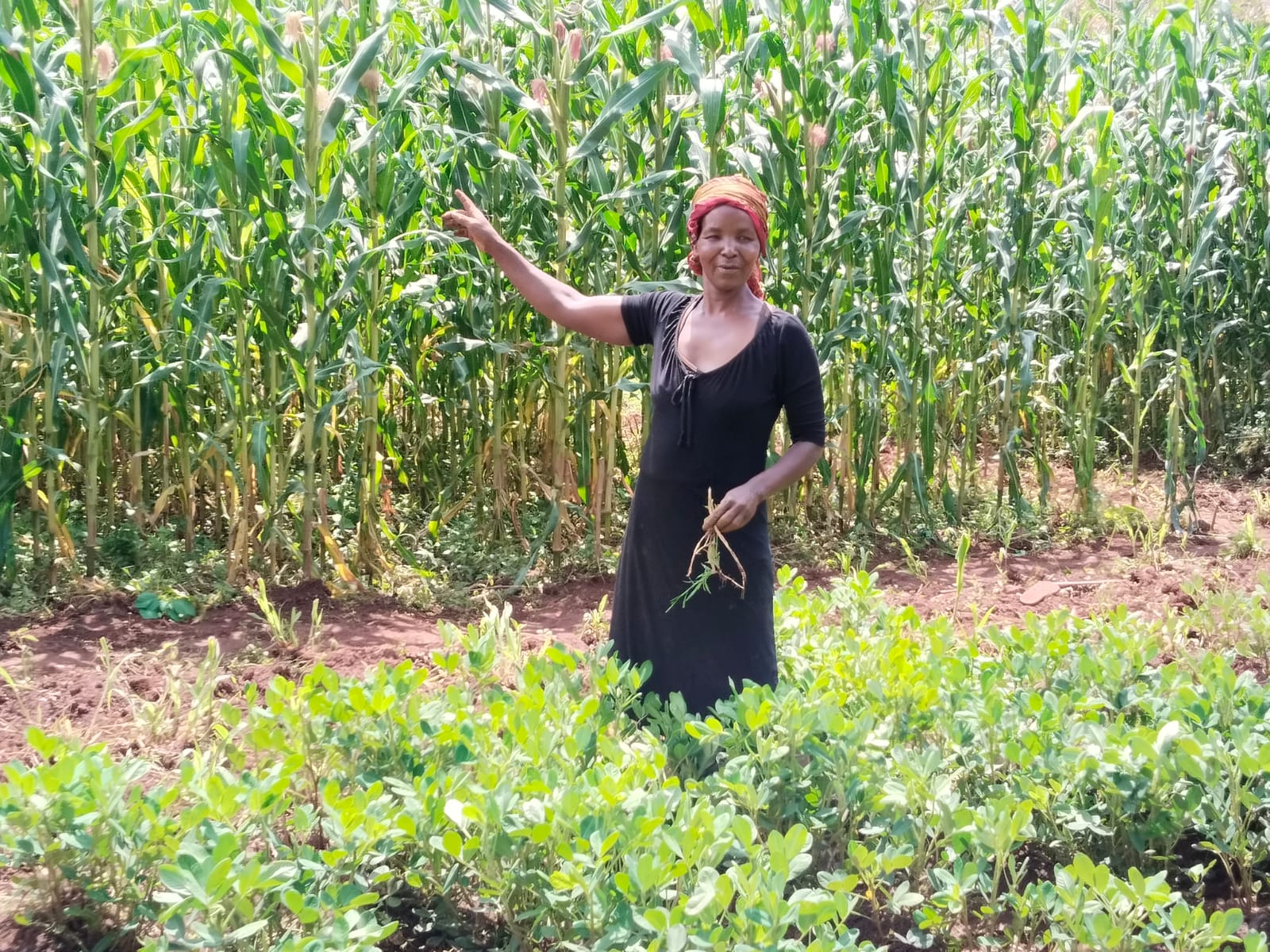
In the quiet village of Maeni B, nestled in Bungoma county’s Kimilili subcounty, 53-year-old Agnes Barasa walks through her flourishing maize field with pride.
A mother of five and wife for over two decades, she has weathered the highs and lows of farming life but never has it been more rewarding than now.
“I used to till my land several times and spend a lot on ploughing and weeding,” she recalls.
“But with the training from the Food and Agriculture Organization (FAO), we only prepare the land once, and minimal weeding is done by hand. The crops are growing well.”
Barasa is one of more than 5,300 farmers in Bungoma county benefiting from FAO's Boosting Sustainable Food Production in Kenya initiative, popularly known as Boost Project.
The project in Bungoma, Kakamega, Nandi, Homa Bay and Migori, aims to empower 40,000 smallholder farmers with sustainable farming techniques anchored in agroecology.
A mother feeding her home and future
Barasa’s farm is more than just a source of food , it’s her lifeline.
The money she earns from the farm helps her feed her family and pay school fees for her children.
Two of her children are in university, one has completed high school, another is in Form 4, and the youngest is in Form 2.
“I survive through what I earn from the farm. It’s how I put food on the table, keep my children in school, and manage the home.”
On her farm, she grows maize, beans, groundnuts, and maintains a vibrant kitchen garden with sukuma wiki and indigenous vegetables.
Last year, her one-acre maize plot yielded 20 bags, a significant improvement from previous seasons, when she would barely harvest a quarter of that.
Low-cost, organic farming that works
What changed is that Barasa now uses organic top-dressing fertiliser made from locally available materials like tithonia plant leaves and fish waste.
“We chop the tithonia before flowering, soak it in 100 litres of water, add chopped fish waste, then cover and leave it for seven days. After that, we dilute and spray it on the maize every two weeks,” she explains, adding that it is cheap and effective.
For pest control, she no longer buys expensive chemicals.
Instead, she applies plant-based solutions and uses the “push and pull” method, growing napier grass alongside maize to repel pests. She uses the napier grass to feed her livestock.
She has also embraced organic composting.
“We make compost using dry tithonia, fish waste and banana leaves. In two months, it’s ready. Though I produce small amounts now, I plan to expand.”
Training the farmers to feed the nation
Vincent Tibet, a FAO project officer who oversees the Boost project in Bungoma says they launched this initiative to promote sustainable food production.
Kenya, he says, is not yet food secure, and agroecology is one way they can turn the tide.
The project supports both voucher and non-voucher beneficiaries.
Voucher farmers like Barasa receive inputs such as maize and bean seeds, Irish potatoes, and post-harvest storage materials. But all farmers benefit from intensive weekly training.
“We teach them about soil health, correct planting, composting and natural pest control. Instead of relying on expensive chemical fertilisers, they’re learning how to make their own,” Tibet explains.
In Bungoma, each farmer receives maize for one acre, beans for half an acre, and potatoes for half an acre. In other counties like Migori and Homa Bay, the focus is on climate-friendly crops like sweet potatoes.
To curb post-harvest losses, FAO also distributes hermetic, which extend storage life and protect grains from rot and pests.
A plea for regulation
Despite the progress, Barasa is concerned about the sale of counterfeit farm inputs in agrovets.
“I urge the government to regulate farm inputs. Some of us have unknowingly bought fake seeds or pesticides. We also need agricultural officers to visit more often and guide us,” she says.
Her concerns align with recent findings by the Pest Control Products Board (PCPB), which has flagged several harmful or counterfeit pesticides on the Kenyan market.
FAO’s Tibet urges stronger laws through the Pest Control Products Bill, currently awaiting parliamentary debate.
“Agro-dealers selling fake or harmful products must be held accountable,” he insists.
“We are training farmers to recognise authentic inputs, but county enforcement is key.”
According to Eric Kundu, an agricultural extension officer in Bungoma, the county is actively supporting FAO’s efforts.
“The governor encouraged us to go to the grassroots and train farmers. We’re collaborating with FAO, and the farmers contribute 10 per cent of the input cost. That ownership makes a big difference,” Kundu says.
Yields are already improving. “Before, farmers would get around 10 bags of maize per acre. Now some harvest as much as 28 bags.”
Kundu is confident that agroecology is the future for Kenya’s food system.
“We’re reducing reliance on chemicals, improving soil health and making farming affordable.”
The Boost project is being implemented by FAO together with the Kenyan government and International Fund for Agricultural Development (IFAD), with funding from the European Union (EU), had set up 10 agroecology service hubs to support farmers.
These are agroecological learning and service provision centres managed by youths who have been trained through the Boost project, providing a useful source of employment for the young people, most of them just out of college.
Through these hubs, farmers learn about various agroecological practices according to their zones and receive services such as land preparation, planting, irrigation, composting, agroforestry pest and disease control, harvesting and aggregation, at a reasonable fee.
Earthworms, compost, and innovation.
At the compost production site, Samuel Juma, the organic compost manager, explains how their manure is made.
“We layer gravel, sand, dry matter like maize stalks, and green matter like tithonia, then add decomposed kitchen waste. We introduce earthworms to accelerate the process,” he says.
The result? High-quality vermicompost ready in two weeks, used as foliar fertiliser and sold to other farmers.
“We feed the worms every three days and harvest the compost weekly,” Otito says.
Growing food and hope
As the sun dips behind the green hills of Kimilili, Barasa tends to her sukuma wiki patch for her children’s dinner for the night.
Her journey with FAO has not just been about farming, it's been about dignity, self-reliance, and a future for her children.
“I’m confident this year’s harvest will be even better than last year’s.Farming was once a struggle, but now it gives me hope.”
From a once-strained livelihood to a thriving, sustainable farm Barasa’s story mirrors that of thousands of farmers across Kenya who are embracing agroecology and feeding both their families and the nation.



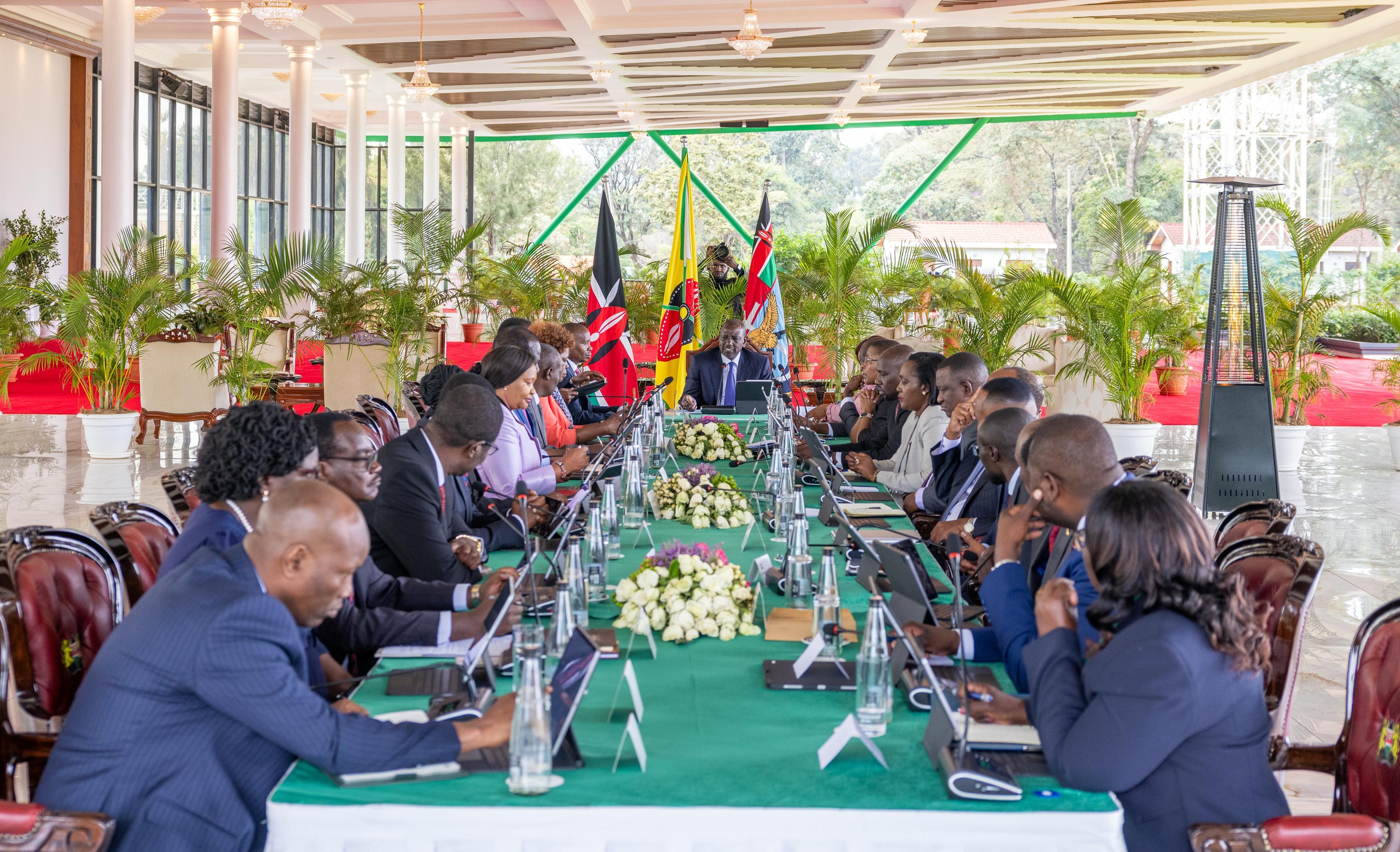


![[PHOTOS] Ruto present as NIS boss Noordin Haji's son weds](/_next/image?url=https%3A%2F%2Fcdn.radioafrica.digital%2Fimage%2F2025%2F11%2Ff8833a6a-7b6b-4e15-b378-8624f16917f0.jpg&w=3840&q=100)
